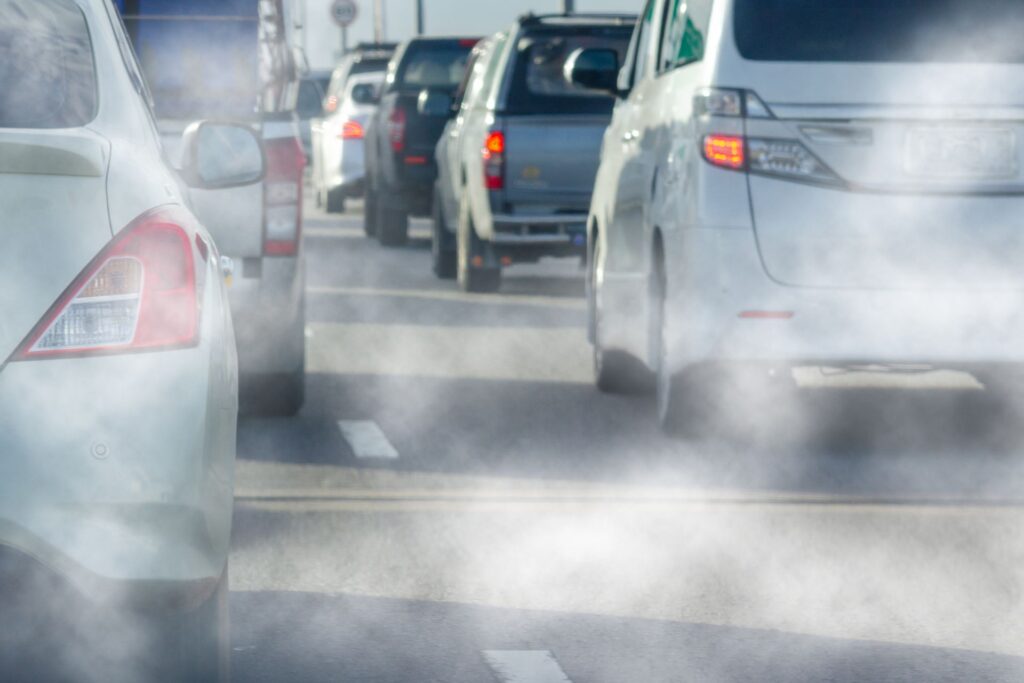Euro 7 Agreement: Stricter Emission Rules for EU Road Transport

|
Listen to this story:
|
Road vehicles to stay cleaner for longer, to improve air quality
- Lower exhaust emissions limits for buses and trucks
- New measures to limit particle emissions from tyres and brakes and to increase battery durability
On Monday, Parliament and Council reached a provisional agreement on new rules to reduce road transport emissions for passenger cars, vans, buses, trucks and trailers.
The regulation for the type-approval and market surveillance of motor vehicles (Euro 7) aims to support the transition towards clean mobility and keep the prices of private and commercial vehicles affordable for citizens and businesses. Vehicles will need to comply with the new standards for longer, ensuring they remain cleaner throughout their lifetime.
Updated limits for exhaust emissions
For passenger cars and vans, negotiators agreed to maintain the current Euro 6 test conditions and exhaust emissions limits. At Parliament’s request, the number of exhaust particles will be measured at the level of PN10 (instead of PN23, thereby including smaller particles).
For buses and trucks, the agreed text includes stricter limits for exhaust emissions measured in laboratories (e.g. NOx limit of 200mg/kWh) and in real driving conditions (NOx limit of 260 mg/kWh), while maintaining the current Euro VI testing conditions.
Fewer particle emissions from tyres and brakes, increased battery durability
The deal sets brake particles emissions limits (PM10) for cars and vans (3mg/km for pure electric vehicles; 7mg/km for most internal combustion engine (ICE), hybrid electric and fuel cell vehicles and 11mg/km for large ICE vans). It also introduces minimum performance requirements for battery durability in electric and hybrid cars (80% from start of life to five years or 100 000 km and 72% up to eight years or 160 000km) and vans (75% from start of life to five years or 100 000 km and 67% up to eight years or 160 000km).
Related Article: EIB, Nouvelle-Aquitaine to Finance €500 Million Investment In Carbon-Free Transport
Better information to consumers
The text foresees an Environmental Vehicle Passport, to be made available for each vehicle and containing information on its environmental performance at the moment of registration (such as pollutant emission limits, CO2 emissions, fuel and electric energy consumption, electric range, battery durability). Vehicle users will also have access to up-to-date information about fuel consumption, battery health, pollutant emissions and other relevant information generated by on-board systems and monitors. Moreover, car manufacturers will have to design their vehicles so as to prevent tampering with emissions control systems through the digitalisation of automobile monitoring.










